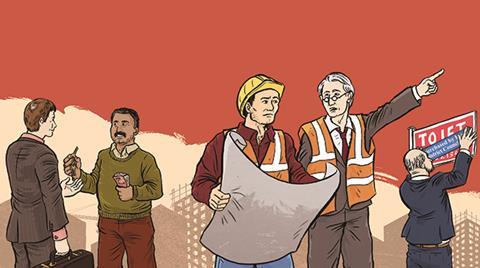With local authorities struggling with central government cuts, it’s unsurprising many have turned to commercial property as an alternative source of income, as shown by Woking Borough Council’s purchase of Dukes Court last week

Indeed, research earlier this year by Property Week and in this past week by The Times has demonstrated how councils are emerging as major players in the market.
Buoyed by access to cheap finance, local authorities have invested heavily in shopping centres, offices and even science and technology parks.
But with many councils lacking in-house commercial property experience, they often take undue risks. It also seems wrong that councils are able to borrow money to buy business parks but not to build housing at a time when the UK faces a major shortfall of affordable homes.

Yet there is a way for local authorities to make money and provide new housing without breaching rules around borrowing: partnering with build-to-rent (BTR) investors.
By offering up publicly owned land for development, councils can deliver quality homes while also collecting a share of the rent, which can be reinvested in other areas.
Crucially - unlike commercial property, which is highly cyclical - BTR is a counter-cyclical investment, as people need somewhere to live regardless of how the economy is doing and while often choosing renting over buying during challenging periods.
While a lot of the BTR schemes coming forward are high end and London centric, the approach does work regionally and as a mid-market product. All of PLATFORM_’s developments are affordable to 60% of local workers, while still offering onsite amenities and professional management.
Of course, not every site will be suitable for BTR and not all councils face the same housing pressures. But rather than investing in new offices, many councils could help meet a real need and generate stable long-term income through the right partnerships.































No comments yet